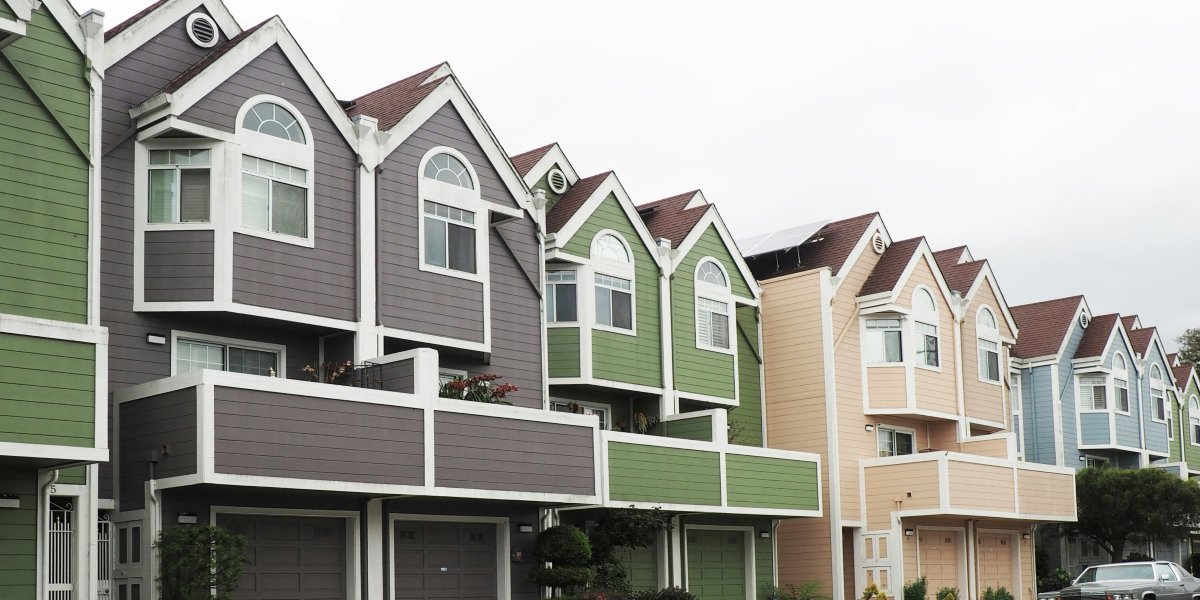As California grapples with one of the nation’s most challenging housing crises, some residents have turned to an unconventional solution: van life. While van life might initially seem like an escape for wanderers and adventurers, it has increasingly become a practical, if temporary, alternative for those seeking more affordable living options in a state where rent and home prices often exceed the means of many residents. Through adaptation and creativity, individuals have built a lifestyle that allows them to bypass the high costs of traditional housing. This approach, though not without its difficulties, offers a new perspective on how to address California’s persistent housing affordability issues.
Read also: How Micro-Living Adapts to California’s Housing Crisis
What Is Van Life and Why Has It Gained Popularity?
Van life refers to living in a converted van, camper, or other mobile vehicle that has been modified to serve as a fully functional living space. This lifestyle involves modifying a vehicle to include a bed, kitchen, storage, and sometimes a bathroom, essentially creating a mobile home. What was once seen as a transient or recreational lifestyle has gained more traction, particularly in California, due to a combination of rising housing costs and increasing mobility options.
While the rise in van life can be attributed to various factors, the most prominent has been the continued increase in housing costs across California. In cities such as Los Angeles, San Francisco, and San Diego, high rent and home prices have pushed many individuals, especially younger people, to seek more affordable alternatives. Van life, for many, presents an opportunity to bypass these rising costs while still maintaining a functional living space.
Remote work has also played a role in this shift. As more people take advantage of flexible work arrangements, it has become increasingly feasible to live on the road while maintaining a job. This flexibility has made van life more appealing, particularly to those who do not want to be tied down by a traditional, stationary living situation.
Additionally, van life offers a sense of freedom and simplicity. For many, the allure lies in the ability to live minimally, reducing expenses and material possessions, while gaining the freedom to explore various locations across the state. The idea of living close to nature, with access to outdoor spaces such as beaches, forests, and mountains, has become an attractive option for those seeking a different pace of life.
How Do Van Lifers Adapt to the Challenges of Living in California?
Van life in California is not without its challenges. While it offers an affordable alternative to traditional housing, it requires significant adjustments in daily life. Many van lifers must adapt to living in a relatively small, confined space with limited resources. In contrast to a fixed home, a van offers little room for personal space or privacy, and van lifers must make careful use of the available space.
Living on the road also requires a certain level of logistical planning. Finding safe and legal places to park overnight is one of the most common concerns for van lifers, especially in urban areas where public parking is limited, and overnight parking regulations can be strict. In some areas, laws prohibit overnight parking in certain spaces, which can create difficulties for those relying on van life as a permanent or semi-permanent living arrangement.
Additionally, living in a vehicle requires van lifers to be self-sufficient in ways that many people with traditional housing do not need to be. Van lifers often rely on solar panels, portable generators, or other off-grid solutions for power, as access to electricity and water can be limited. Many also need to plan for waste disposal, which can be an issue when a vehicle does not have a built-in toilet or sewer system.
Despite these challenges, many van lifers have adapted by joining online communities and forums, where they can share advice, tips, and solutions for overcoming common hurdles. These communities often provide guidance on everything from parking strategies to the best ways to manage resources such as water and electricity. The rise of these networks has helped individuals find support and connection, which is important for those living outside the norms of traditional housing.
What Are the Financial Benefits and Limitations of Van Life?
One of the main reasons individuals turn to van life in California is the potential for savings. The cost of living in the state, particularly in urban areas, has been rising steadily for years, with rent and property prices continuing to outpace wage growth. In contrast, the cost of living in a van is often lower, as individuals avoid monthly rent, utility bills, and many other expenses that come with traditional housing.
Living in a van allows people to save money on rent, electricity, and water, which are typically among the highest monthly expenses for renters or homeowners. For some, the decision to embrace van life is driven by the opportunity to lower these costs significantly. This can allow individuals to pay down debt, save for future goals, or even pursue other interests or passions that may not have been financially viable while tied to high housing costs.
However, the financial savings are not without trade-offs. While there is no rent to pay, converting a van into a livable space can come with significant upfront costs. The purchase and modification of a vehicle can require thousands of dollars in investment. Additionally, the costs of maintaining the vehicle, such as gas, insurance, and maintenance, can add up over time. These ongoing expenses can negate some of the initial savings if not carefully managed.
The ability to earn money while living in a van is also an important consideration. Many van lifers rely on remote work, which provides flexibility in terms of location. However, not all jobs are conducive to working on the road, and finding steady work can be a challenge for some individuals. In cases where van lifers are not able to work remotely, their income options may be more limited, particularly in rural or isolated areas.
How Is Van Life Reshaping the Housing Conversation in California?
As California’s housing crisis persists, van life has introduced a new way of thinking about affordable housing. While it is not a solution that works for everyone, it offers an alternative model of living for those who may otherwise struggle to afford traditional housing. The rise of van life is part of a broader movement that challenges conventional notions of homeownership and residential stability, particularly in urban centers where costs are high.
The increasing number of van lifers in California has prompted discussions about alternative housing models and whether they could play a larger role in addressing the state’s housing affordability crisis. Some advocates for alternative housing suggest that van life, or similar mobile housing models, could provide a temporary or flexible solution for those who need affordable living options, especially in areas where traditional housing is scarce or unaffordable.
While van life is not likely to replace traditional housing solutions for most people, it has encouraged policymakers to think about different ways of providing shelter and reducing the cost of living. Discussions around van life have also spurred interest in other innovative housing models, such as tiny homes, modular housing, and co-living spaces, all of which share the goal of providing more affordable living options in a high-cost environment.
Read also: California’s Homeless Crisis: Tied to the Housing Shortage
What Does the Future of Van Life in California Look Like?
As the cost of housing continues to rise, it is likely that more individuals in California will turn to van life or similar alternative living options as a way to mitigate financial pressures. The future of van life in the state will depend largely on how communities and governments respond to the growing need for affordable housing. For some, living in a van offers a temporary solution, while for others, it is a lifestyle choice that allows for greater mobility, simplicity, and financial freedom.
The growing number of van lifers and the increasing acceptance of alternative living arrangements may prompt further exploration of policies that could make such lifestyles more sustainable in the long term. Whether through designated parking areas, improved access to public services, or broader changes in housing policy, the conversation around van life is contributing to a more nuanced understanding of what affordable living can look like in California.












